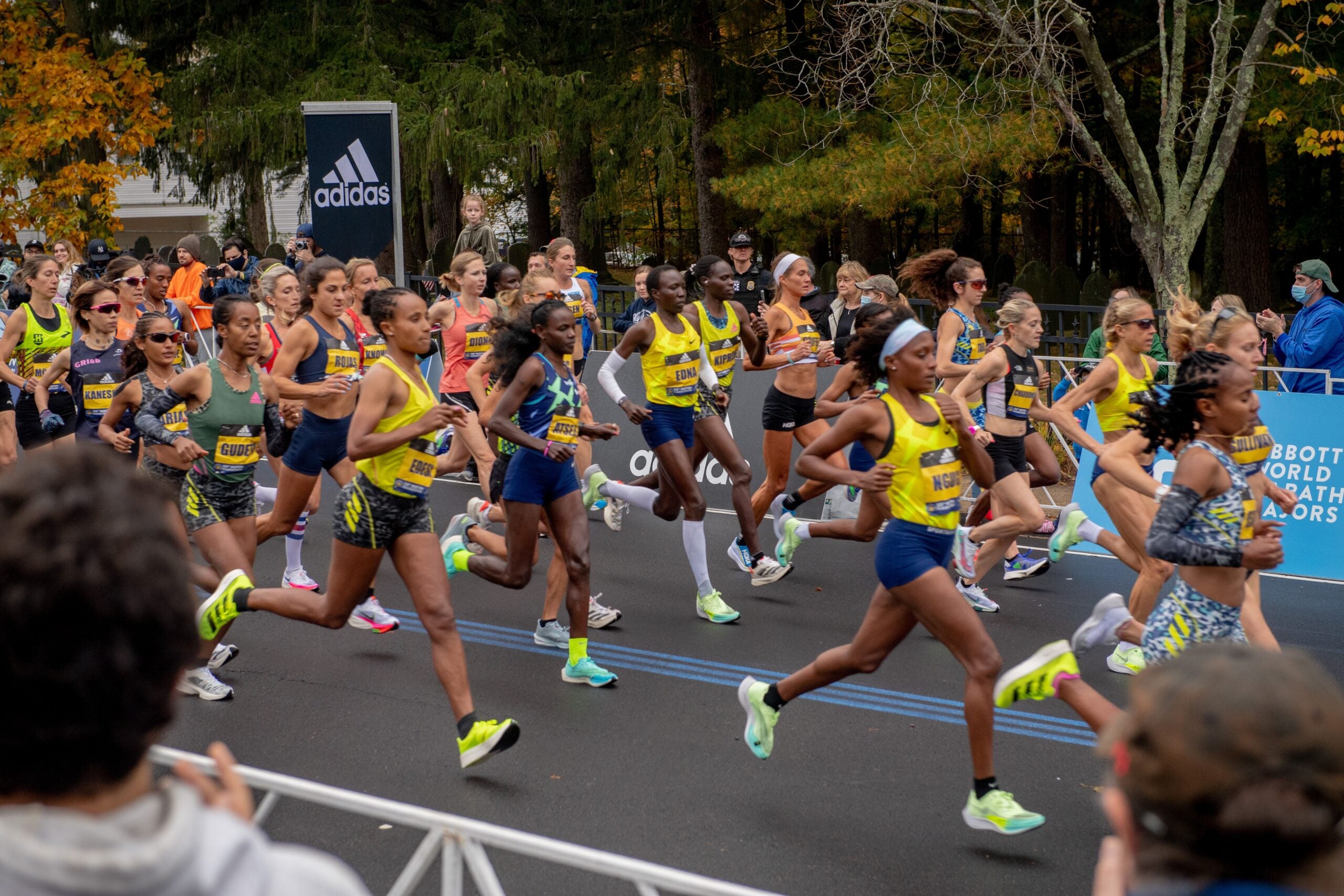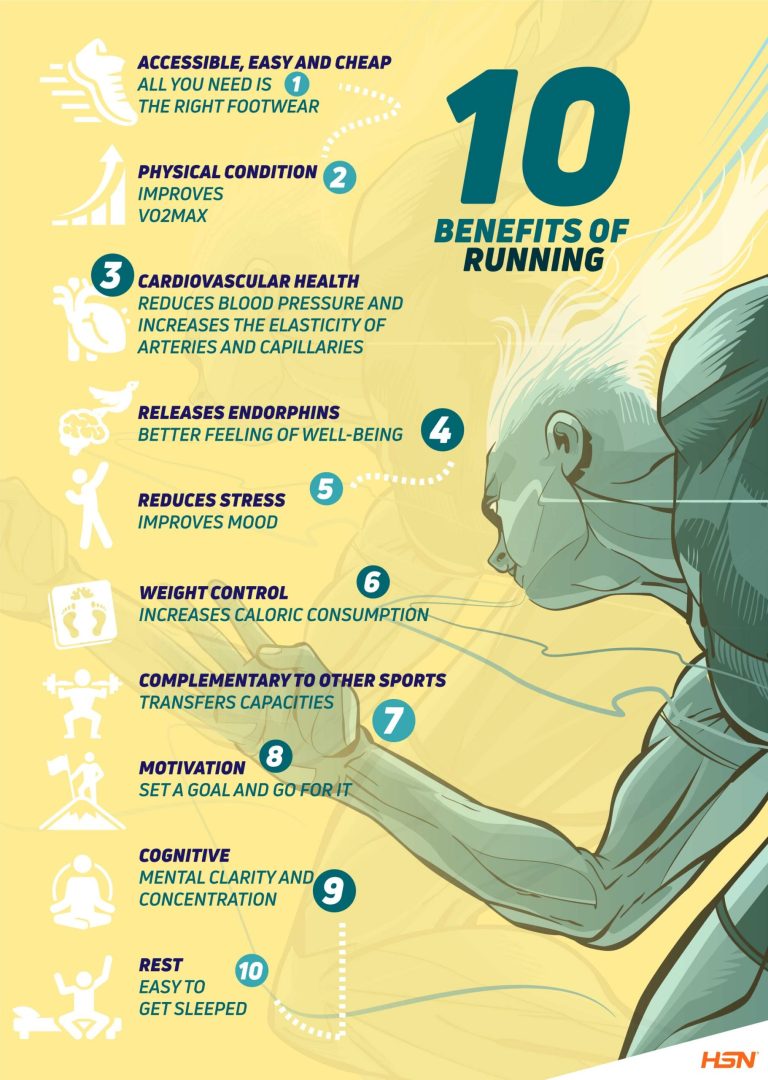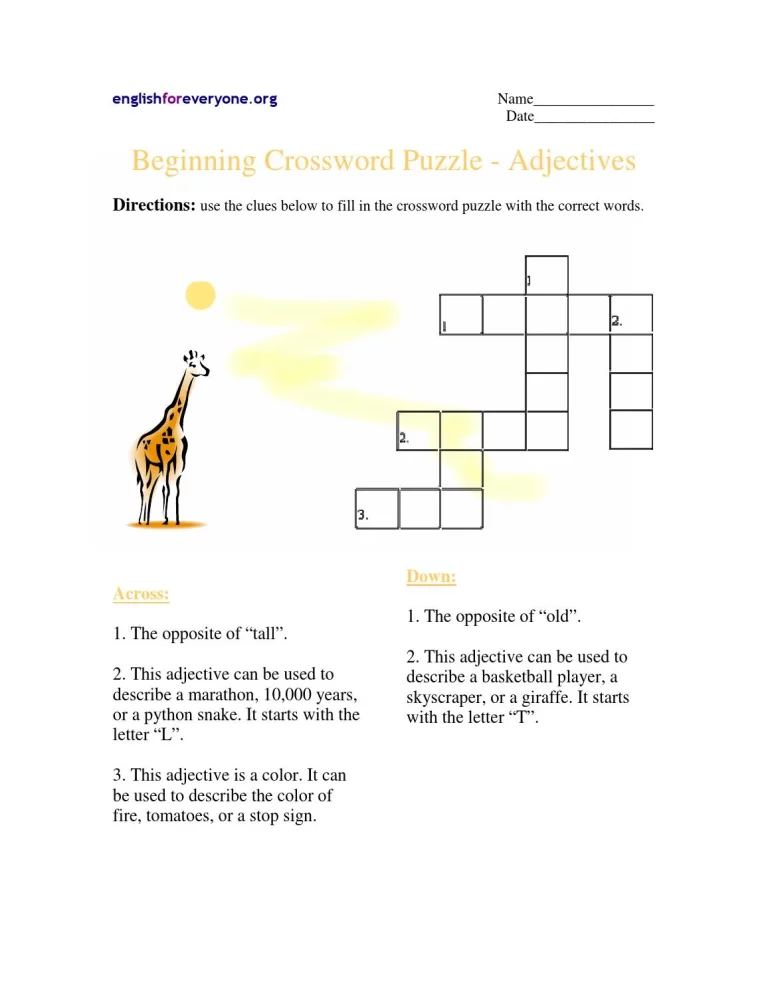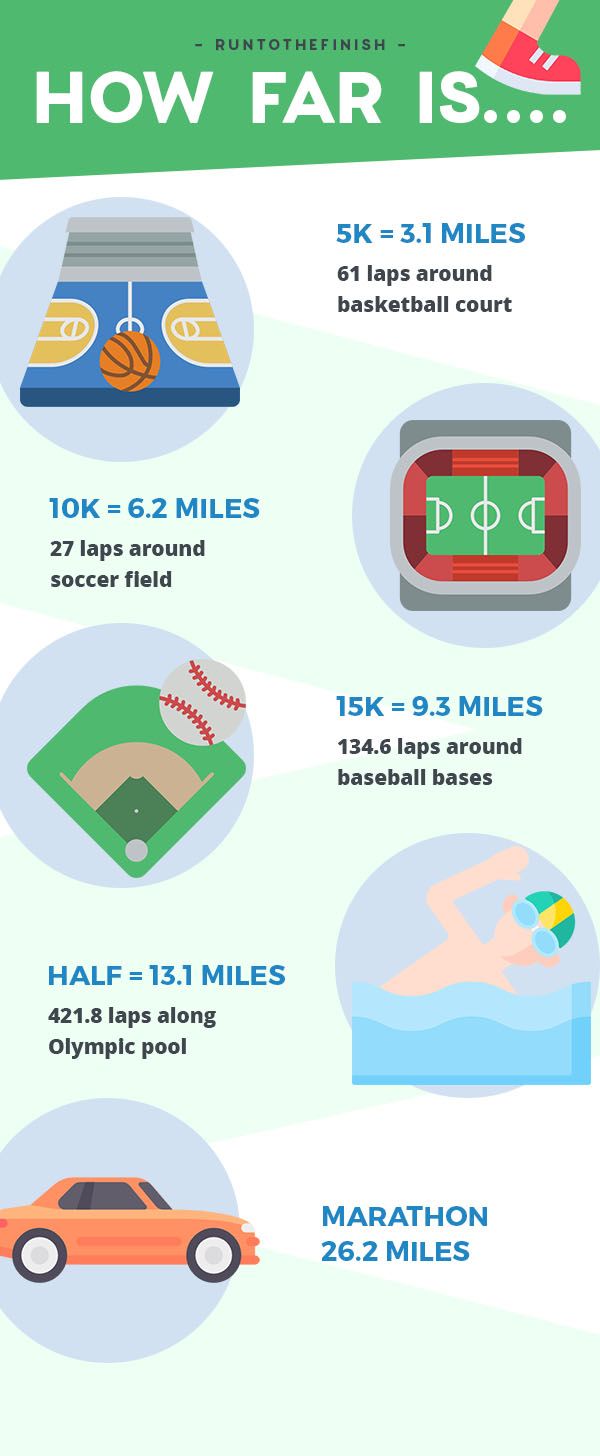How Does a Marathon Start
A marathon starts with a signal, like a horn, gun, or whistle, signaling the beginning. Runners then start moving forward.
Marathons typically have a festive atmosphere at the start line, with excited participants gathering after months of training. The race directors give final instructions, and the runners eagerly anticipate the challenge ahead. Spectators cheer on the sidelines as the countdown begins.
Finally, the official signal sounds, and the runners take off with adrenaline pumping and determination in their hearts. The start of a marathon marks the beginning of a test of endurance, mental strength, and sheer willpower as participants embark on the 26. 2-mile journey ahead.

Credit: www.runnersworld.com
The Beginning
Are you ready to dive into the exhilarating world of marathons? If so, get ready to race through a thrilling journey from start to finish. The beginning of a marathon sets the tone for the entire event, filled with race day excitement and meticulous starting line preparations. Let’s explore what happens when the starting gun fires!
Race Day Excitement
On race day, the air is charged with palpable excitement. Runners eagerly gather in anticipation, their hearts pounding in rhythm with the collective energy surrounding them. The atmosphere crackles with an electric buzz as participants from all walks of life come together to conquer the challenge ahead.
Volunteers scurry around, ensuring all logistical aspects are in order. Signage is meticulously placed, course markers are double-checked, and water stations are stocked to keep runners hydrated along the route. With every minute that passes, the anticipation builds, and the countdown to the start begins.
Starting Line Preparations
At the starting line, runners take their places, their bodies poised for action. The elite athletes stand shoulder to shoulder with recreational runners, each one sharing the same dream of crossing the finish line. As the minutes tick away, a hush falls over the crowd, and a sense of shared purpose fills the air.
To ensure a smooth start, race organizers go through a series of meticulous preparations. They check that the starting line is clearly marked, ensuring all participants can see their entry point onto the course. Specially trained officials stand by to assist any runners needing guidance or support.
Before the race commences, a loudspeaker crackles to life, amplifying the voice of the race director. They share important announcements, provide encouragement, and remind runners of the rules and safety precautions. This ensures everyone is well-informed and ready to embark on this incredible journey.
Finally, the moment arrives. The starting gun is raised, and as it fires, a surge of energy propels the runners forward. Feet pound against the pavement with a rhythmic cadence, propelling each athlete towards the fulfillment of their marathon dreams.
As you can imagine, the beginning of a marathon is a truly awe-inspiring experience. Race day excitement and meticulous starting line preparations set the stage for what lies ahead. So, keep your focus, believe in yourself, and take that first step. Your marathon journey is about to begin!
Countdown To Start
The countdown to the start of a marathon is an electrifying moment. As the timer ticks down, runners prepare mentally and physically to tackle the grueling race ahead. The energy is palpable as the crowd cheers, signaling the beginning of an unforgettable journey.
`countdown To Start`
At a marathon, the Countdown to Start is an electrifying moment. Runners eagerly gather as time ticks down toward the commencement of the race. ``announcements And Instructions`
– Organizers relay crucial Announcements and Instructions over loudspeakers to guide participants. – Runners should pay attention and follow safety guidelines discussed during this time. – Important details regarding the route and aid stations are communicated. – Positioning and behavior during the race are emphasized for a smooth start. ``warm-up And Stretching`
– Runners begin their Warm-Up and Stretching routines to prepare their muscles. – Stretching helps to prevent injuries and enhance overall performance. – Dynamic movements and light jogging are effective components of warm-up. – Proper warm-up allows runners to optimize their physical capabilities.Official Start
The official start of a marathon is an exhilarating moment. Runners gather at the starting line, anticipation fills the air, and when the signal is given, they begin their incredible journey of endurance and determination.
Gun Or Horn Signal
At the official start of a marathon, the race begins with either a loud gun or horn signal.
First Steps
Runners take their first steps eagerly, embarking on their 26.2-mile journey with determination and excitement.
Anticipation fills the air as the runners set off, their adrenaline pumping with each stride they take.

Credit: www.runnersworld.com
The Race Begins
The moment has arrived, the atmosphere is electric, and the runners are filled with anticipation. The start of a marathon is an exhilarating experience where participants will embark on an incredible journey of endurance, determination, and personal triumph. As they gather at the starting line, there are a few key aspects to consider that can greatly influence the outcome of the race.
Pacing Strategies
Determining the right pace is crucial for marathon success. A pacing strategy helps runners maintain a steady speed throughout the race and avoid burning out too early. Some popular pacing strategies include:
- The Steady Progression: Runners start at a comfortably easy pace and gradually increase their speed as the race progresses. This approach allows the body to warm up and settle into a rhythm.
- Negative Split: In this strategy, runners aim to complete the second half of the marathon faster than the first half. By starting at a slightly slower pace and conserving energy, they can push harder towards the end.
- Even Pace: This strategy involves maintaining a consistent speed throughout the entire race. Runners focus on finding a sustainable pace that they can maintain from start to finish.
Choosing the right pacing strategy depends on a runner’s goals and abilities. It is crucial to find a balance that allows for efficient energy use and avoids exhaustion too soon.
Crowd Energy
The energy emitted by the crowd can be a powerful motivator for marathon runners. The cheering spectators, uplifting signs, and encouraging shouts can provide a much-needed boost of adrenaline. This energy can help maintain momentum during challenging moments and propel runners forward. The support of the crowd creates a sense of unity and community, reminding athletes that they are not alone in their pursuit of the finish line.
As the race begins, the crowd’s energy can be infectious, inspiring runners to dig deep and push through fatigue and discomfort. Whether it’s a simple “You can do it!” or a personalized sign with a runner’s name, every bit of encouragement can make a significant difference in their performance.
Running a marathon is a remarkable feat that starts with the anticipation and excitement of the race. By utilizing effective pacing strategies and harnessing the power of the crowd’s energy, marathon participants can navigate the starting line with confidence and set themselves up for a successful journey ahead.
Post-start
The marathon starting line signifies the beginning of participants’ endurance journey, accompanied by a surge of adrenaline. With spectators cheering and competitors focused, the race initiation embodies a blend of excitement and anticipation. The countdown prior to the marathon’s start marks the onset of a challenging yet rewarding test of physical and mental strength.
Support Crews And Cheer Squads
After the marathon kicks off, support crews and cheer squads play a crucial role in boosting the runners’ spirits. These dedicated individuals provide essential aid stations and encourage the participants with uplifting messages and applause along the course.
Early Mile Check-ins
Early mile check-ins serve as pivotal moments where runners can assess their pace and ensure they’re settling into a comfortable rhythm. This is also an opportune time for any necessary adjustments in form and pace.

Credit: www.boston.com
Frequently Asked Questions Of How Does A Marathon Start
How Does The Start Of A Marathon Work?
At the start of a marathon, runners line up behind a designated starting line. The race begins with a signal like a horn or gun shot, signaling participants to start running. The timing chip records their official start time.
How Do You Start A Marathon Event?
To start a marathon event, you need to follow these steps: 1. Plan the route and logistics. 2. Set a date and time, and secure necessary permits. 3. Promote the event through various channels like social media, websites, and local communities.
4. Organize registration and participant management. 5. Conduct briefings and provide instructions to runners on the event day.
What Is The Best Way To Start A Marathon?
The best way to start a marathon is to warm up properly, position yourself near the front, and pace yourself at the beginning. Staying hydrated and focused on your own race is essential for a strong start.
Conclusion
Understanding how a marathon starts involves comprehending the meticulous planning, organization, and execution behind the event. From securing the route, gathering volunteers, and coordinating with local authorities, the organizers leave no stone unturned. The excitement and energy of the participants contribute to the overall success of the marathon, creating a memorable experience for everyone involved.
So lace up your shoes, and let the race begin!





